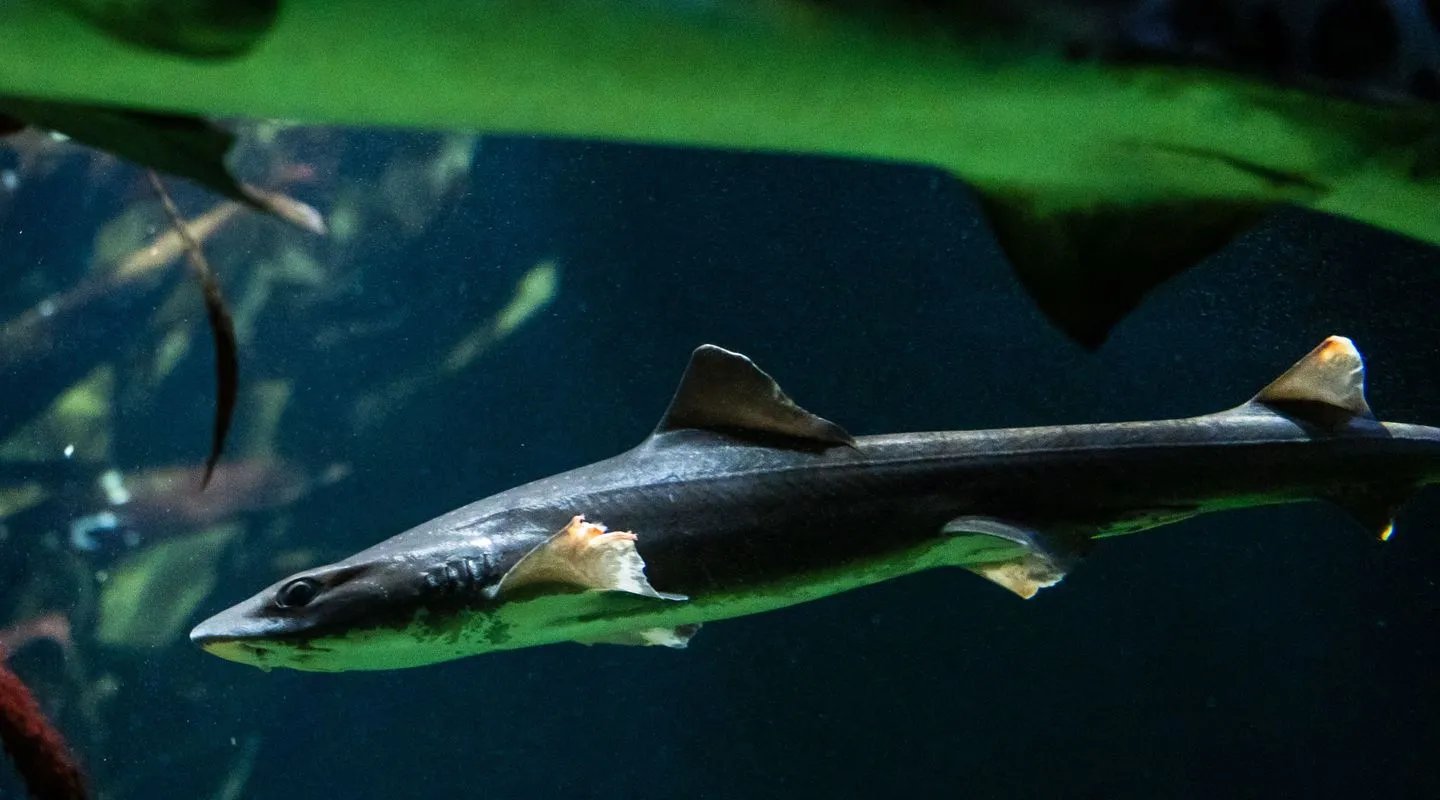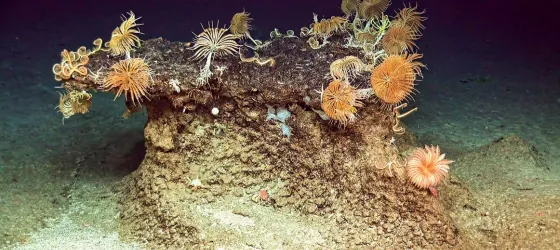It can live in small groups, sometimes in association with other sharks such as school sharks and smoothhounds.

Identity card
Starry Smoothhound
- Scientific name:
- Mustelus asterias
- Family:
- Triakidae
- Class:
- Chondrichthyes
- Phylum:
- Chordata
- Year of description:
- Cloquet, 1819
- IUCN Status:
- Near Threatened
- CITES-status:
Not Evaluated
- Distribution:
-
they are found in the North-eastern Atlantic, from the Shetland Islands down to Morocco and in the Mediterranean Sea.
- Habitat:
-
The starry smooth-hound shark lives in coastal waters at depths of between 5 and 200 metres, on gravel or sandy bottoms.
- Size:
They measure between 100 and 150 cm and can weigh up to 4.8 kg.
- Diet:
-
The young feed mainly on crustaceans. Adults move on to fish.
- Conservation program:
The starry smoothhound (Mustelus asterias) has become part of a conservation programme in which Nausicaá is involved.











